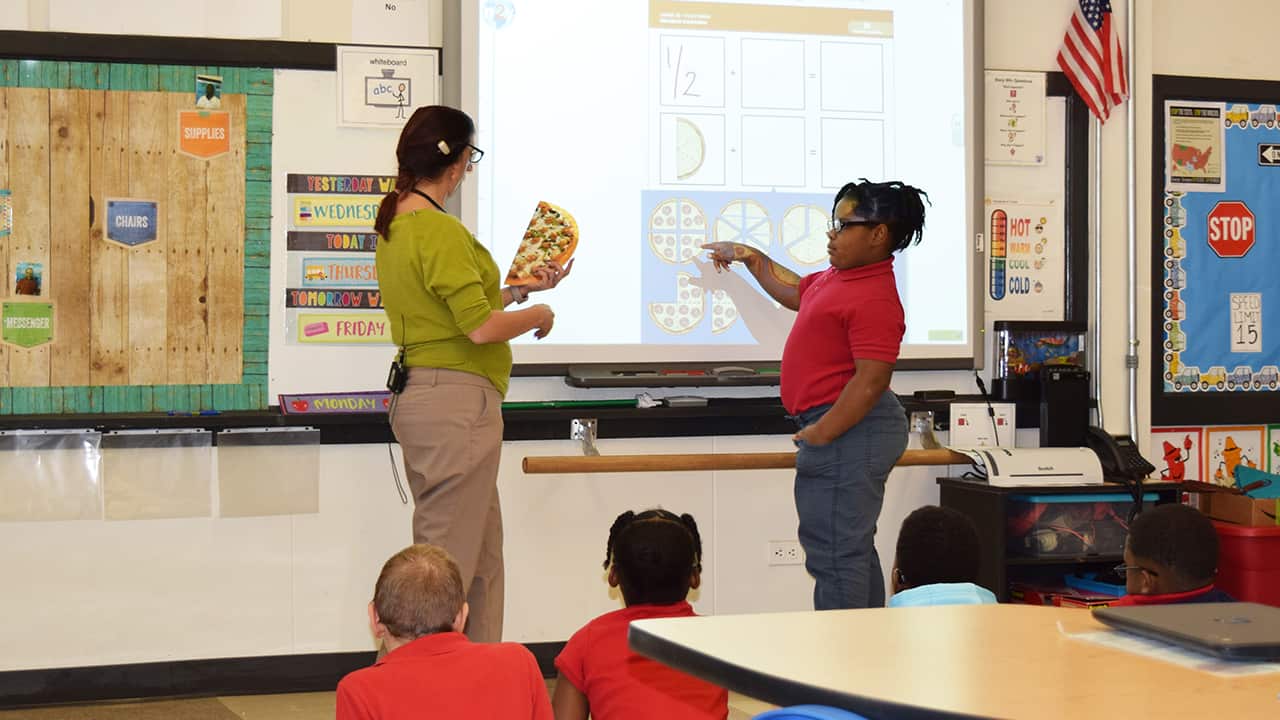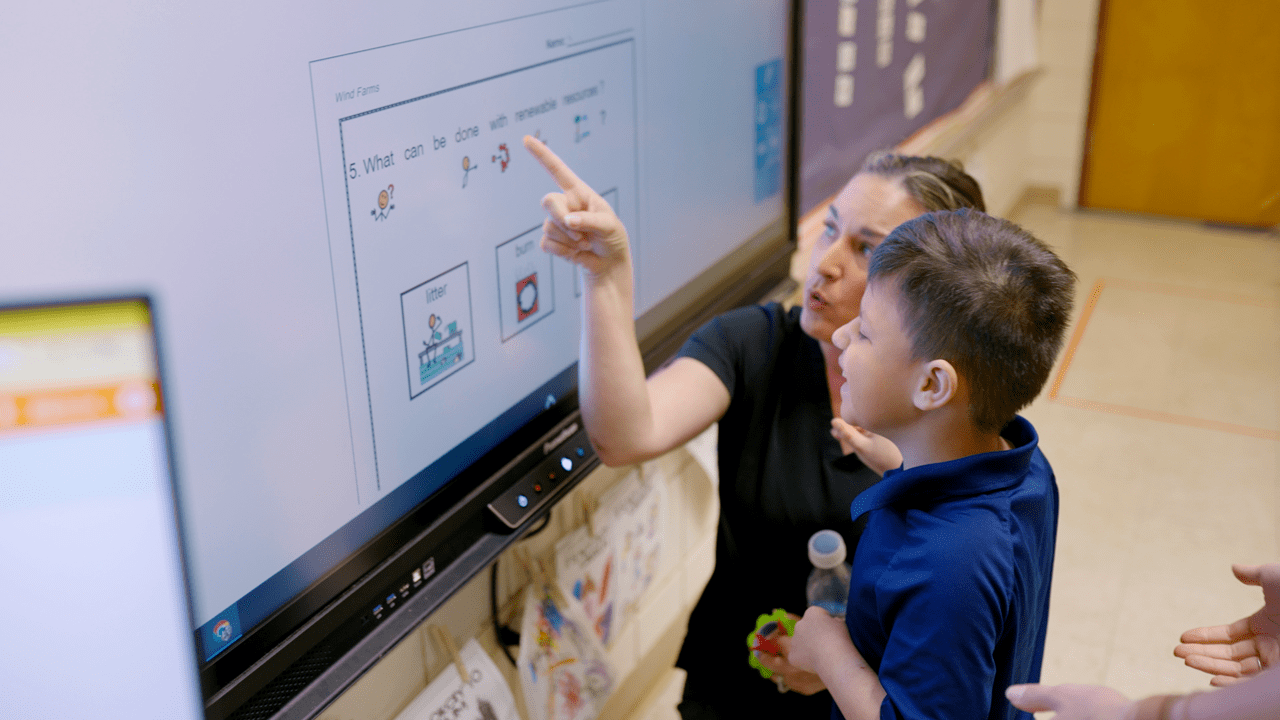Increasing Student Success Using the RTI Model
Download White PaperSee Why Response to Intervention (RTI) Is Needed
While education professionals are ramping up for a successful new school year, consider the call to implement effective RTI processes. As shared in the white paper, “Now more than ever, students need personalized and timely interventions. They need response to intervention.”
In educational settings, students with various abilities, skills, behaviors, and learning gaps come together to learn. Teachers, service providers, and administrators may find it challenging to support the needs of this wide range of learners. The challenge of addressing learning diversity is why our discussion of Response to Intervention (RTI) is necessary.
Understand How RTI Evolved
RTI has been around for decades, and it’s helpful to know how RTI became what it is today. The model has grown, and compelling research informed the foundation of RTI. The significance of legislation on the model is discussed, including the No Child Left Behind Act of 2001 and the Individuals with Disabilities Education Act of 2004.
Students can qualify for special education services through the RTI and discrepancy models—note that the model used can vary according to state and district guidelines.
Learn How to Define MTSS, RTI, and PBIS
Let’s start off with the terms Multi-Tiered System of Supports (MTSS), Response to Intervention (RTI), and Positive Behavioral Interventions and Supports (PBIS). RTI and PBIS are categorized underneath the MTSS umbrella. We’ll walk you through what the three phrases mean, how they are woven together, and what they look like in practice. Plus, you’ll learn why offering students tiers of support is beneficial.
Learn About RTI’s Three Tiers
After you’ve explored some of the background of RTI and gained knowledge of its context, you’ll find out more about the levels of support in targeted interventions. Explanations and examples of each tier of instruction provide practical ideas for RTI implementation. The differences between the tiers and sample strategies within each tier provide additional clarification.
Identify What RTI Is Not
Identifying what RTI is not can be especially helpful in understanding what it is.
RTI is not a specific program to implement. Instead, response to intervention is an approach to meeting the unique learning needs of all students.
You’ll gain details about why RTI is not considered pre-referral for special education services and why the model is not a wait-and-see approach. Response to intervention is a time-focused, targeted intervention based on student performance.
RTI is also not a barrier to special education services evaluation. A parent or guardian always has the right to request their child be evaluated for special education services.
Move Forward with RTI
Knowing how to start implementing a multi-tiered approach to intervention can be challenging. Guidance on addressing some concerns about targeted instruction may inform your approach, and you’ll have an opportunity to learn about current funding opportunities. Plus, best practices in RTI are covered.
Establish an Effective RTI Approach
Our white paper guides you through the response to intervention model, reflecting on why and how targeted, individualized approaches to learning are so necessary. Use it to consider how establishing an effective RTI program can support all students’ diverse learning needs, providing a path to success in the classroom and beyond!


